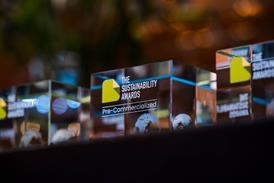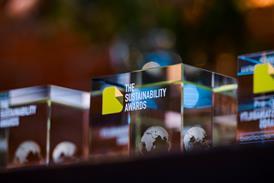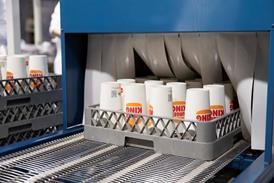
After switching their rigid plastic containers to flexible bags, Albert Heijn’s assorted chicken products are said to use 60% less packaging and save over 200,000kg of plastic annually.
Back in 2021, Albert Heijn repackaged its ground meat into bags – a move thought to have saved approximately 500,000kg of plastic every year since.
The retailer’s chicken legs followed suit in 2022, and they are now believed to avoid 130,000kg of plastic annually.
Now, its chicken fillets, tenderloins, cubes, and stir-fry pieces are also sold in bags. Not only does it cut down on plastic consumption, according to Albert Heijn, but it reportedly saves space in transit, storage, and disposal bins – all without reducing the amount or quality of chicken sold.
The pouch format is also said to be easier to use. Instead of unpacking a whole container, consumers can simply cut the packaging and tip the chicken into a pan.
Similar packaging transitions have reportedly saved 60,000kg of plastic in Albert Heijn’s fresh pasta products, 130,000kg in its herbs, and 400,000kg in its pre-packaged cheese.
In the refrigerated section, the rigid packaging for bean sprouts, bami and nasi vegetables, ham and bacon strips, hamburgers, and potatoes has also been swapped into bags.
“By packaging our products more intelligently, we can reduce our impact on the environment every year,” says Nienke Tjerkstra, responsible for sustainability and health at Albert Heijn. “That’s why we’re constantly looking at how we can use less packaging.
“By packaging the chicken in bags instead of containers, we need significantly less packaging while maintaining the flavour and freshness our customers expect. This way, we demonstrate that sustainability, convenience, and flavour can go hand in hand.”
This development comes after various retailers replaced the rigid trays used to package their minced meat products with flexible vacuum packaging. Lidl aimed to achieve a 63% reduction in plastic consumption with its vacuum-packed beef mince, while Asda intended to eliminate 60 tonnes of plastic from its annual operations by vacuum-packaging its own beef mince range.
However, this trend proved to be controversial. Shoppers at Sainsbury’s described the vacuum packaging for its beef mince as ‘awful’, complaining that it was harder to recycle and made the food look unappealing.
After its own vacuum packaging proved to be unpopular, Iceland Foods made the decision to reintroduce plastic trays for its beef and pork mince products.
If you liked this story, you might also enjoy:
The ultimate guide to the Packaging and Packaging Waste Regulation in 2025
How are the top brands progressing on packaging sustainability?
Everything you need to know about global packaging sustainability regulation in 2025
The key to increasing the use of reusable packaging in supermarkets




















No comments yet